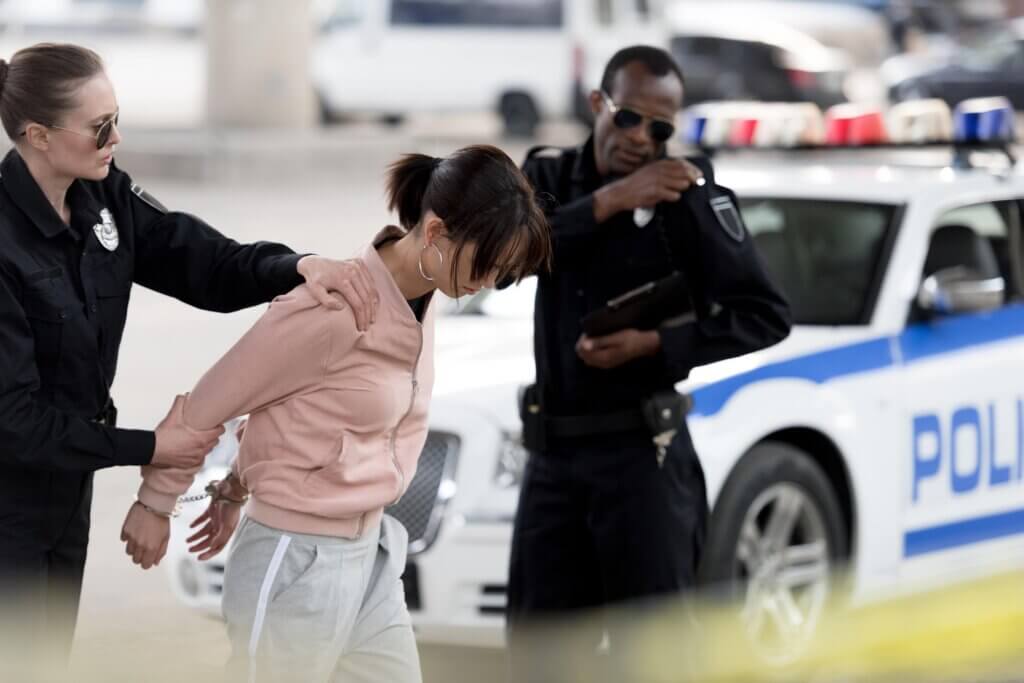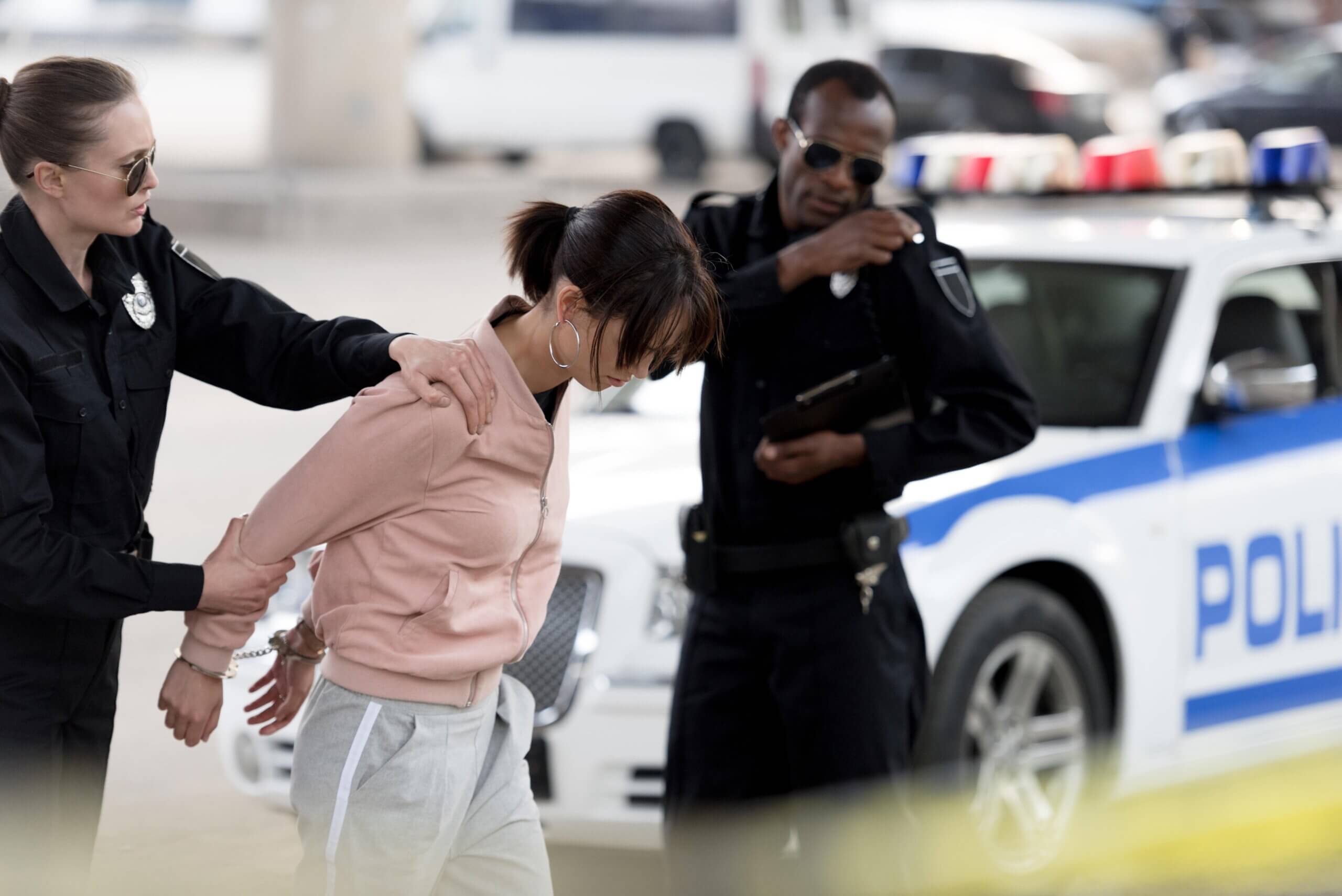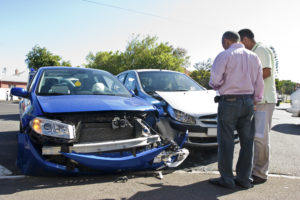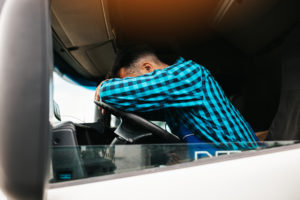Written By:
 Kent Ng
Kent NgYour Dedicated & Trusted Legal Team
3 Generations & 100+ Years of Combined Legal Experience

Interactions between civilians and law enforcement can be smooth and largely stress-free when both parties are respectful and agreeable. Contrary to what we see posted to social media, these uneventful exchanges are most common. In rare instances, however, police stops become contentious and may require use of force.
The agency tasked with the enforcement of federal law and administration of justice for the entire country, the U.S. Department of Justice (DOJ), clearly states that, “Officers may use force only when no reasonably effective, safe, and feasible alternative appears to exist and may use only the level of force that a reasonable officer on the scene would use under the same or similar circumstances.” These standards were set forth in a case that made it all the way to the United States Supreme Court.
Supreme Court Decision Helped Set Standards
In Graham v. Connor, 490 U.S. 386 (1989), the Supreme Court court held that the decision to use force “requires careful attention to the facts and circumstances of each particular case, including the severity of the crime at issue, whether the suspect poses an immediate threat to the safety of the officer or others, and whether [the suspect] is actively resisting arrest or attempting to evade arrest by flight.”
This ruling also informs the core principles and training standards for police departments. As an officer, we were instructed to only use force (especially deadly force) when there is a reasonable belief that the person poses an imminent danger to us or another person. This, of course, begs the question: What’s considered “reasonable”?
There is no one criterion courts use when assessing whether or not an officer was justified in using force. Among the questions examined when making a decision are:
- How severe was the crime/offense?
- Did the suspect pose a threat to law enforcement or others?
- Was the suspect resisting arrest or attempting to flee the scene?
When Force Can’t Be Used
Police officers know that there are times when force cannot be used. We learn this through our training, and it is reinforced in the police guide that we have to abide by. Deadly force, in particular, is not allowed:
- to stop a suspect who is fleeing, even if fired into the air as a warning,
- to stop a moving vehicle, unless it is driving toward an officer or others, or
- to stop a suspect whose actions only pose a threat to themselves or property.
Five Categories of Police Force
An article that appeared in Trooper and cited on the DOJ website, lists five levels of police intervention, ranging from the use of verbal techniques to the use of lethal force. We are taught to begin de-escalating a situation by talking to the suspect. We call it “Verbal Judo.”*
If this fails, an officer may use defensive measures and/or forcibly restrain the subject. It may also be necessary to strike suspects in order to subdue them, though the majority of people comply when asked to do something. Almost all the time, I would request for another unit to assist just to be safe.
The most aggressive level is use of lethal force in order to protect themselves or others, but this is rare. We are trained to de-escalate potentially volatile encounters. In other words, we look to prevent them from getting this far out of hand.
*It just so happens that an ex-law enforcement officer put it in writing and sold it to agencies across the U.S.
De-escalation Training
To help us prevent situations from getting out of control, police are trained in de-escalation tactics and techniques. The goal is to get people to acquiesce to our requests before using force. If all goes well, force isn’t needed. For example, if a person is agitated and doesn’t want to be handcuffed, we might say something like, “Look, why don’t we go into the police station and sort this out? We can come to a conclusion to see if you didn’t do anything wrong. But, for my safety, I have to transport you in my vehicle and procedure is you have to be handcuffed.”
Of course, we can’t take this approach if doing so will put us or others in danger. If a suspect is still uncooperative, the officer will use the necessary force to effect an arrest, which may escalate to the need for mace or a baton.
Duty to Intervene
As police officers, we know that we have a duty to step in and attempt to stop any inappropriate behavior by a fellow officer. If I were to see a colleague using excessive force unnecessarily, department policy requires that I take action. I would intercede and separate the other officer and suspect, and try to calm him or her down.
On-going Training
In addition to the initial training provided to recruits, police departments are required to provide on-going training every year. Such classes might be tactical or address intervention techniques. In New York City, basic refreshers are only one day, but are held daily (Monday through Friday) to accommodate 30,000 NYPD officers. Each class has an average of 40-50 participants.
Simulations are a standard part of the training. Volunteers for simulated events may take on the role of an emotionally disturbed or suicidal person, for example. The same is true for different arrest scenarios. There are also on-screen firearms exercises. These are almost like a video game, where officers have firearms that fire fake shots but show if and where they strike the on-screen suspect. This is intended to help officers make the best split-second decisions.
Unfortunately excessive force does happen, and these incidents can lead to lawsuits if the force used was inappropriate and the damages sustained were significant. But it’s important to know that police officers want their interactions with the community they serve to be viewed in a favorable light. We don’t want to harm anyone we might have to arrest, and we don’t want innocent bystanders to get hurt either. That’s why those tasked with upholding the law go through extensive and ongoing training, with an emphasis on ways to de-escalate tense encounters. We want everyone to get where they need to be safely.

Latest from Our Blog



Editorial Standards
Rosenblum Law is committed to delivering informative content of the highest quality. All content is subject to our rigorous editorial standards for relevance, accuracy, sourcing, and objectivity. Everything is fact-checked by an editor and reviewed for legal soundness by one of our practicing attorneys prior to being published.
How to Cite Rosenblum Law’s Article
APA
Kent Ng (Nov 18, 2021). 14 Ways to Get the Most from Your Accident Claim. Rosenblum Law Firm, https://rosenblumlaw.com/14-ways-to-get-the-most-from-your-accident-claim/
MLA
Kent Ng "14 Ways to Get the Most from Your Accident Claim". Rosenblum Law Firm, Nov 18, 2021. https://rosenblumlaw.com/14-ways-to-get-the-most-from-your-accident-claim/
